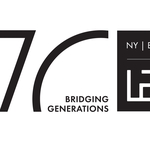The Jewish Liturgical Year: Calendars in LBI Collections
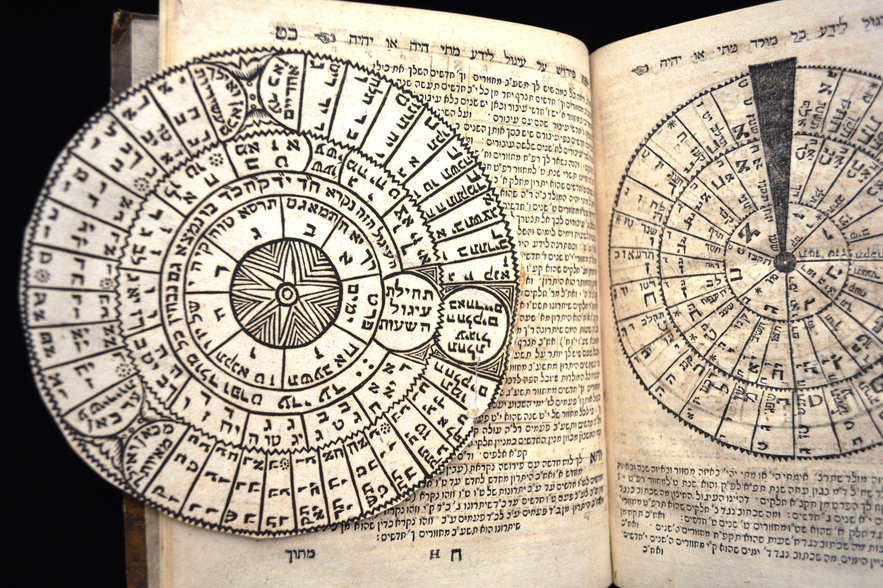
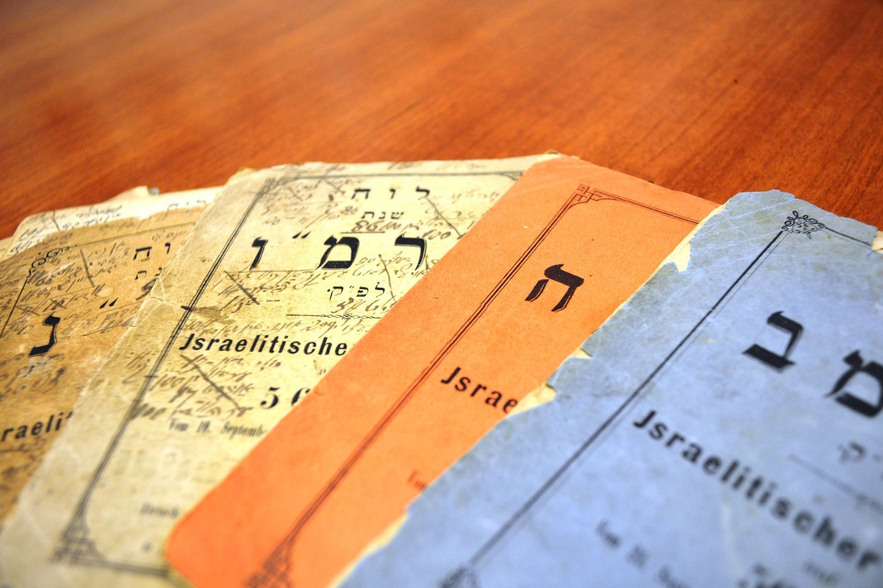
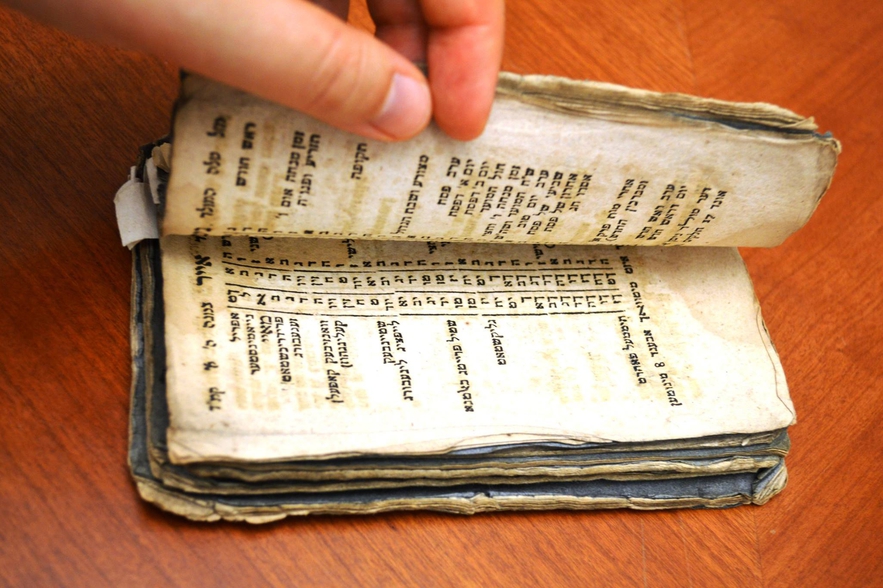
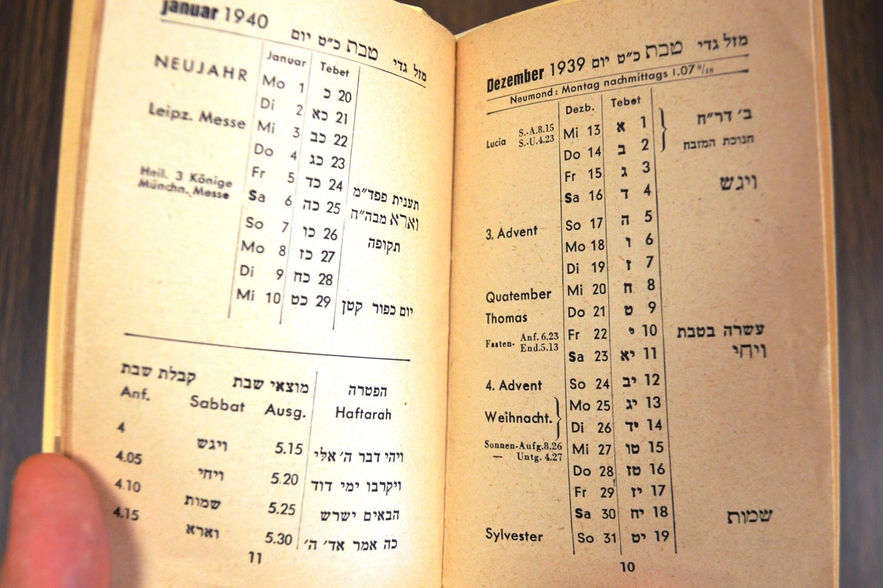
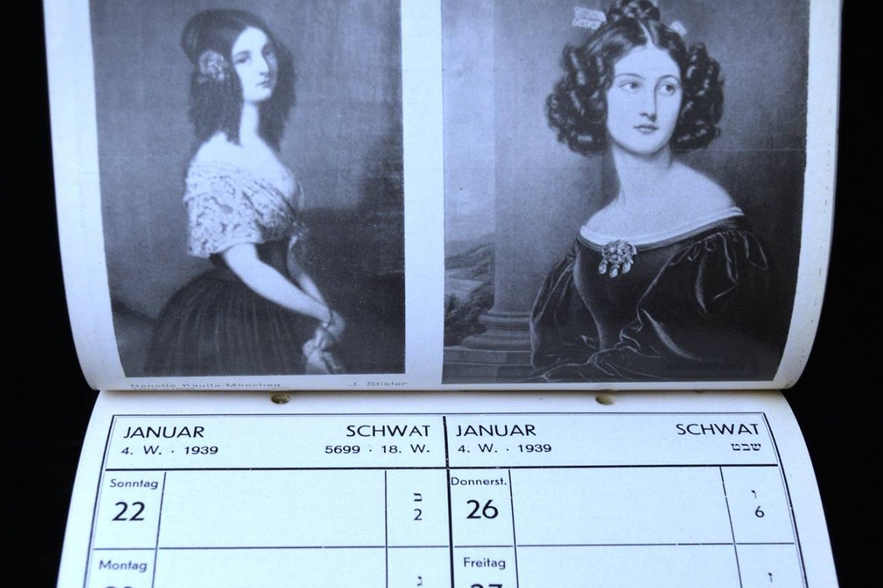
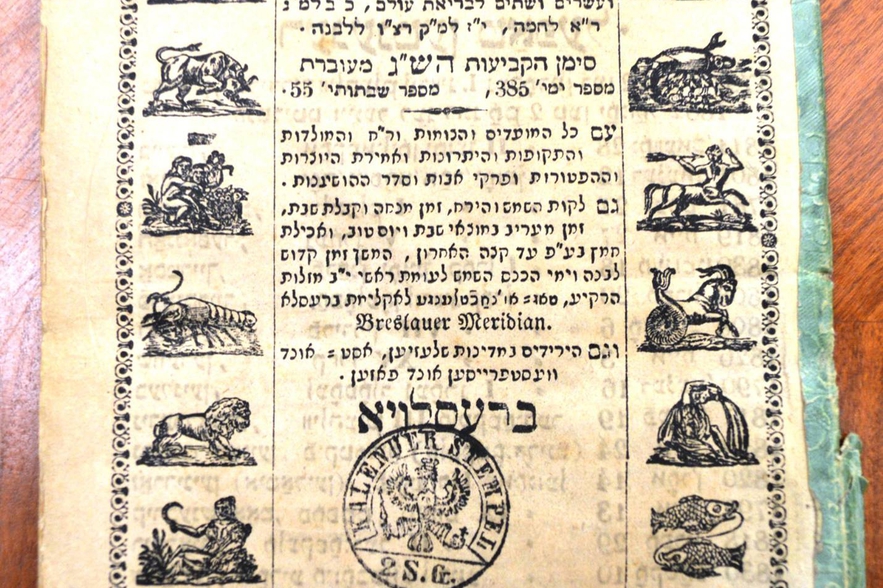
- Date
- Mon, Nov 21, 2016
The LBI library holds hundreds of calendars in German and Hebrew that lay out the same annual rhythms of life and prayer according to the lunisolar calendar for centuries. The months of the Jewish calendar, numbering 12 in a typical year and 13 in a leap year, are calculated based on lunar phase, while years—normally 354 but 384 in a leap year—are based on the revolutions of the sun around the earth. The “Sefer Ibronot” is a guide that contains the rules and information necessary to calculate the Jewish calendar. Instead of diagrams and tables, it makes use of wheels that can be superimposed on one another as an aid for complicated calculations. One important version, the “Sefer Ibronot: … la-hashov tekufot u-moladot” by Eliezer ben Jacob Bellin Ashkenazi, was first published in 1615 in Lublin. In 1722, Israel ben Moses of O ffenbach published the edition of this book that is held in LBI collections. It includes a chapter entitled, “Luach HaChagaoth,” which provides a list of Christian holidays in Germany, Poland, and Russia, as well as the dates of the weekly and annual markets. As objects of daily use that helped their owners navigate both religious and secular life, calendars reflect the cultural, social, and political context of their time. Some of the calendars in LBI collections show a more religious character, while others have a more political character, and still others were intended for specific demographic groups.




